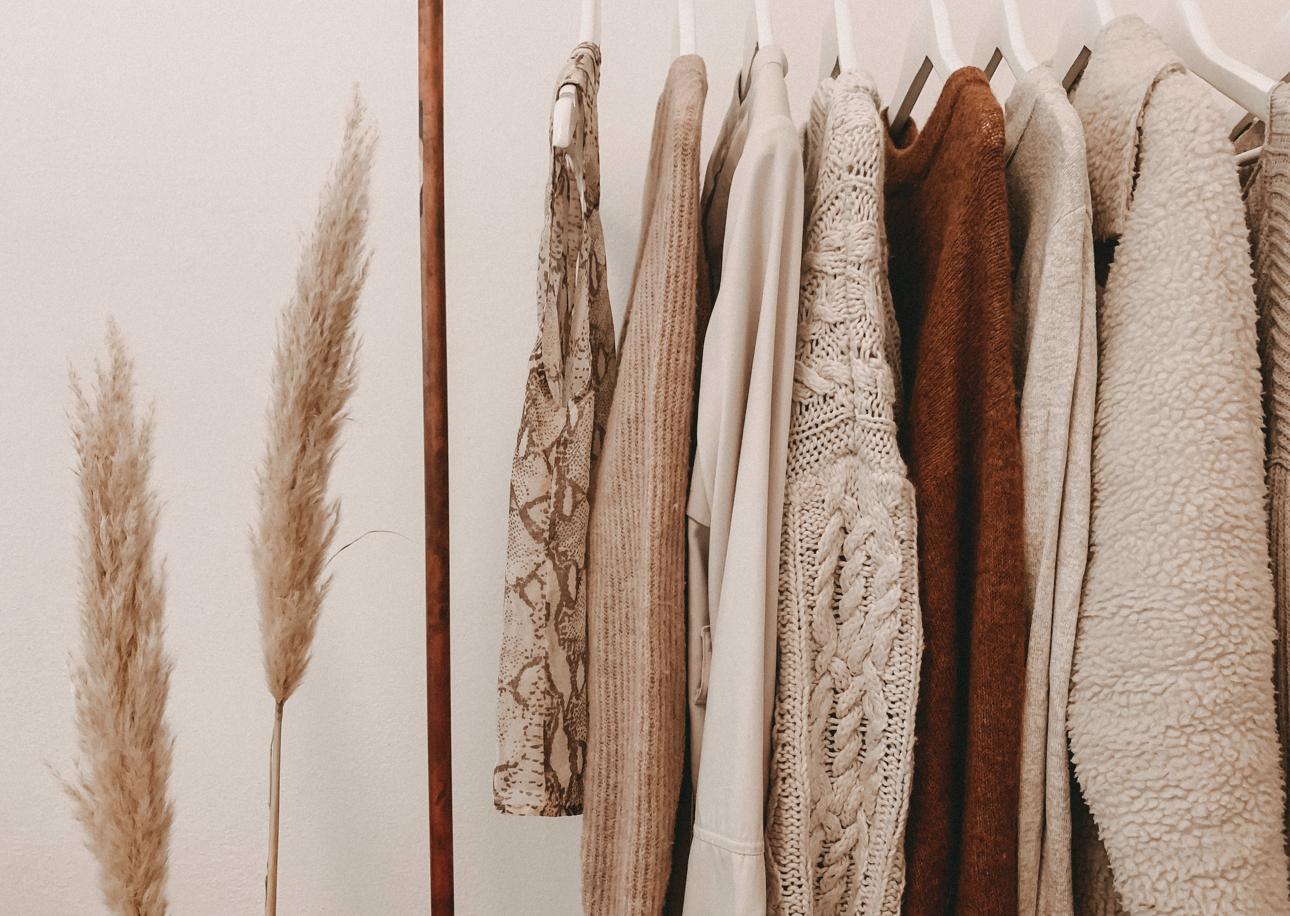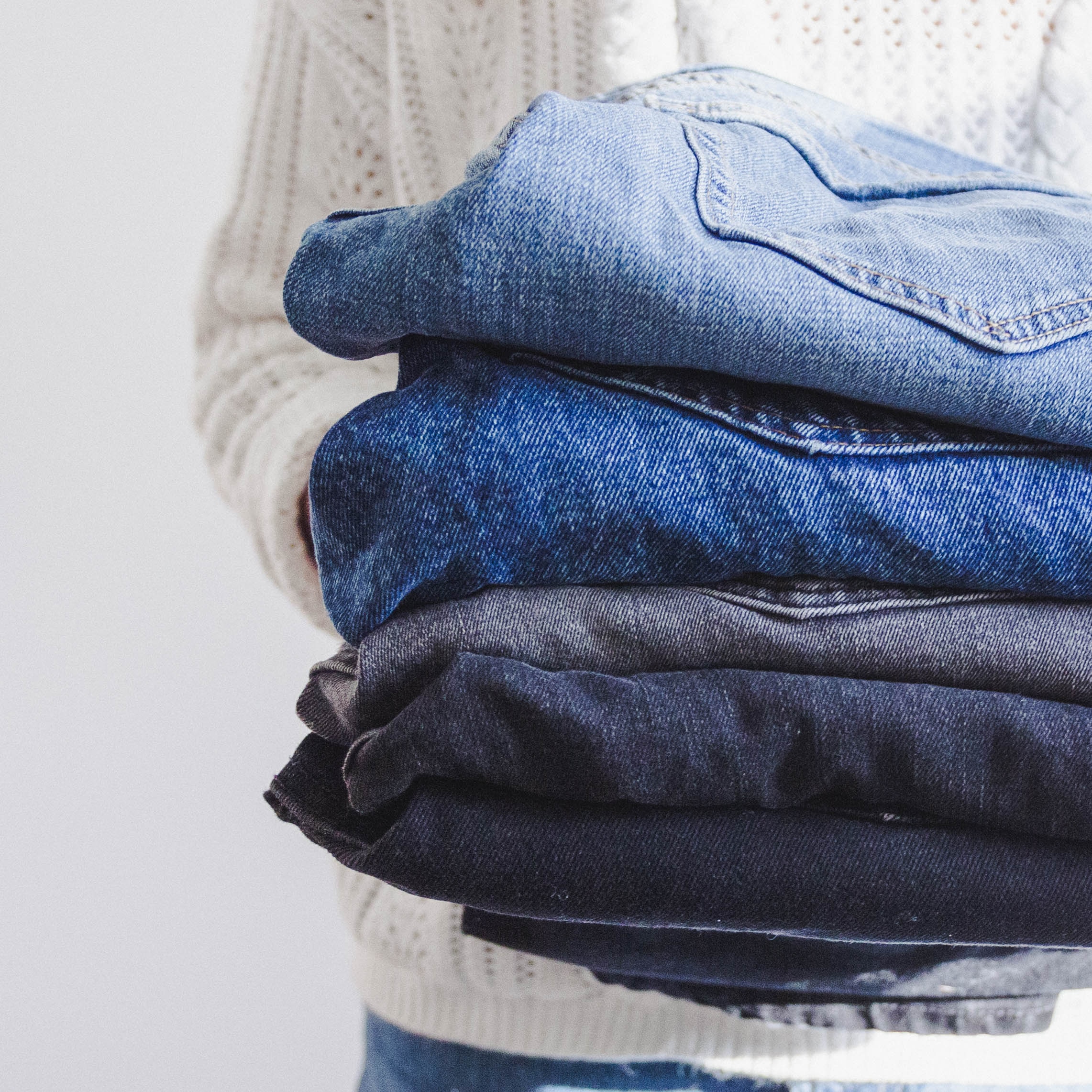How The Netherlands Became World’s First Country With No Stray Dogs on the Streets
Pets, as cherished members of our families, deserve rights and protections that ...

People are becoming much more aware of how humanity impacts the environment and many are looking to reduce their footprint. The fashion industry has a significant impact on the environment such as being responsible for high amounts of greenhouse gas emissions each year, using large amounts of water, generating a huge amount of waste, not to mention labour abuses, and these are only a few factors.
However, what exactly is sustainable fashion? It’s certainly a term we hear so often. It’s even overused. A movement with a focus on producing and consuming fashion that is both environmentally and socially responsible, sustainable fashion involves promoting ethical practices and minimising the negative impact of fashion on the environment.

With all factors in mind, shopping for clothes that are labelled “sustainable” might not be enough. Therefore, Koktail has created a go-to guide to help you make more sustainable fashion choices in order to start building an environmentally-conscious wardrobe.
Also known as thrift shopping, second hand shopping involves buying clothing that was pre-owned instead of buying new pieces. In addition to being an affordable and sustainable way to upgrade your wardrobe while reducing your environmental impact, it’s also a great way to support local businesses, find unique items, and at great prices.
A flirty click, a casual add-to-basket, an impulse purchase here and a quick pick up there; it’s the toxic relationship many of us find it impossible to quit. But who are we harming? Cheap clothing brands too often rely on underpaid work and unsustainable materials whilst producing massive waste. Remember, fashion tends to move in cycles, so think twice before throwing out pieces and also think more carefully about the pieces you choose to populate your wardrobe. Don’t cave in to momentary trends and be willing to spend more on items that have these three characteristics: versatility, durability and timelessness.
It is crucial to understand the impact of what materials can do to the environment. There are several clothing materials that can have a negative impact on the environment. Some of the most common are polyester, nylon, conventional cotton, and leather. Polyester, for instance, accounts for up to of 55% of fashion globally, it is a synthetic fibre made from petroleum, and it is widely used in clothing production because it is cheap, lightweight, and wrinkle-resistant. However, it is not biodegradable, and it can take hundreds of years to decompose.
Vegan fashion is becoming increasingly popular as consumers become more aware of the negative impact of animal agriculture on the environment and animal welfare. However, some vegan alternatives, which often contain synthetics, can also be harmful for our planet. Luckily, there are plant-based materials like cotton, linen, hemp, and new innovations such as pineapple leather and mushroom leather; all biodegradable and a sustainable option.
Water footprint refers to the total volume of water used throughout the production process of clothing items. The fashion industry has a significant water footprint that is associated with the production of fibres, dyeing and finishing processes, and washing and cleaning of clothes by consumers. So what can you do to reduce water footprint? Some strategies include using sustainable production methods such as utilising recycled or organic materials, implementing water-saving technologies, reducing chemical usage, encouraging consumers to wash their clothes less frequently and using energy-efficient washing machines and detergents.
If you’re thinking about investing in sustainable fashion brands, it’s important to do your research carefully to make sure those brands are not greenwashing consumers but are truly committed to sustainability and ethical practices, long-term growth potential, and having a positive impact on the environment. Sustainable fashion brands include Stella McCartney, Veja, Patagonia, Senada, Reformation, Saye, Everlane, and more.
To make sure your clothes get a second life, make sure to re-sell or donate them to charities or other organisations. Many will accept used clothes and distribute them to others in need. For items that can no longer be reused, upcycling them is a great option. For instance, you can turn an old t-shirt into a cleaning cloth or even a tote bag.
Pets, as cherished members of our families, deserve rights and protections that ...
These top 5 barber shops in Bangkok are where gentlemen can elevate ...
Sailorr and Molly Santana’s black grills fuse hip-hop swagger with homage to ...
Wandering around the globe, try out the signature tastes of cultures across ...
Once punk was a middle finger to the establishment, with Vivienne Westwood ...
You’ve seen their art, but do you know the pain behind it? ...
Wee use cookies to deliver your best experience on our website. By using our website, you consent to our cookies in accordance with our cookies policy and privacy policy